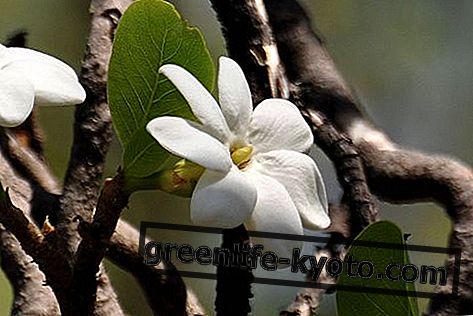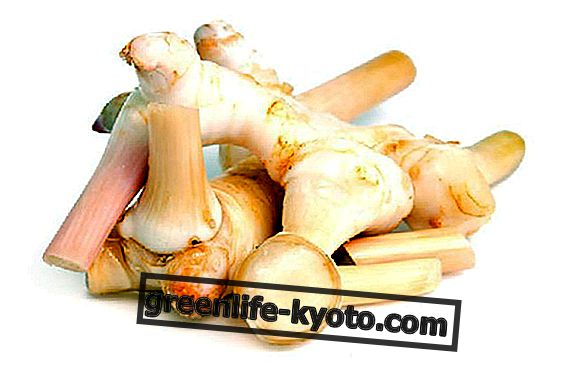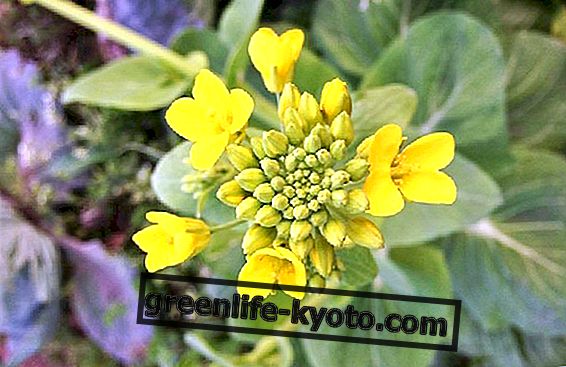
What is sinusitis
Sinusitis is an acute or chronic inflammation of the lining of the paranasal sinuses.
In most cases, the cause of sinusitis is viral: it is therefore a consequence of the flu and the cold. Sometimes the development of bacteria that come from the nose and mouth can add to the viral infection.
Sinusitis is characterized by an accumulation of mucus that causes pain and discomfort in the forehead, nose and eyes, accompanied by a feeling of pressure.
Acute sinusitis disorders usually resolve spontaneously within one or two weeks, but often the need to intervene through self-medication is felt to alleviate discomfort. In the case of chronic sinusitis, the symptoms can last up to several months. When disorders persist beyond two weeks, it is advisable to seek medical attention.
Sinusitis, how to dissolve phlegm
The accumulation of mucus typical of sinusitis, as mentioned, causes a sense of pain and pressure. Although these are transient and non-serious symptoms, they can still cause considerable discomfort, but can also be alleviated with natural remedies.
First of all, to dissolve the phlegm it is possible to regularly resort to the jala neti, or nasal washing. This is a very simple practice: nothing but salt solution and a special tool called Lota are needed. Nasal lavage can be performed once or twice a day to clear the airways, clearing them of accumulated mucus.
To dissolve the phlegm, plants with a mucolytic action such as lime and polygala are also used, to be taken in the form of a warm infusion.
Natural treatments for sinusitis
In addition to nasal washes, there are numerous natural cures that can be useful in alleviating the symptoms of sinusitis .
First of all we see which anti-inflammatory for sinusitis is more effective: it is the spirea olmaria ( Filipendula ulmaria or Spiraea ulmaria ), a herbaceous plant of which dried flowers are used. The spirea contains salicylates which give it pain-relieving, antipyretic and anti-inflammatory effects.
To release the upper airways and act as a pain reliever for sinusitis, plants with antiseptic and balsamic action are also useful, including eucalyptus, tea tree, mint and thyme ( Thymus vulgaris and Thymus serpyllum ).
Balsamic drugs can be taken via hot herbal tea one or more times a day. Alternatively, it is possible to use the relative essential oils, which lend themselves to different uses :
> can be used to do fumigations ;
> are useful for preparing ointments based on shea butter and beeswax, to be spread in the nose and forehead area to alleviate the symptoms of sinusitis;
> may be diffused in the environment ;
> you can pour a few drops on a handkerchief.













